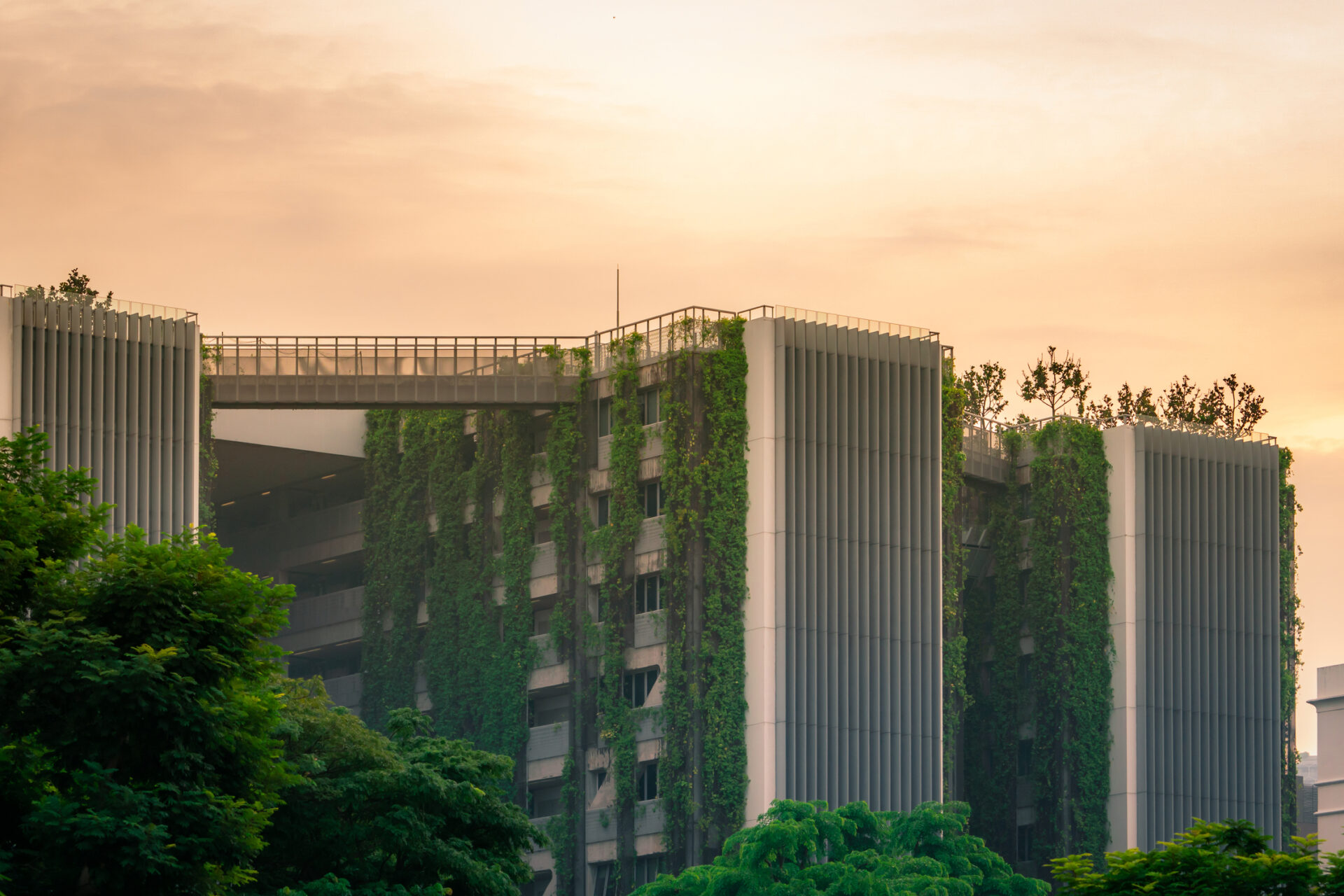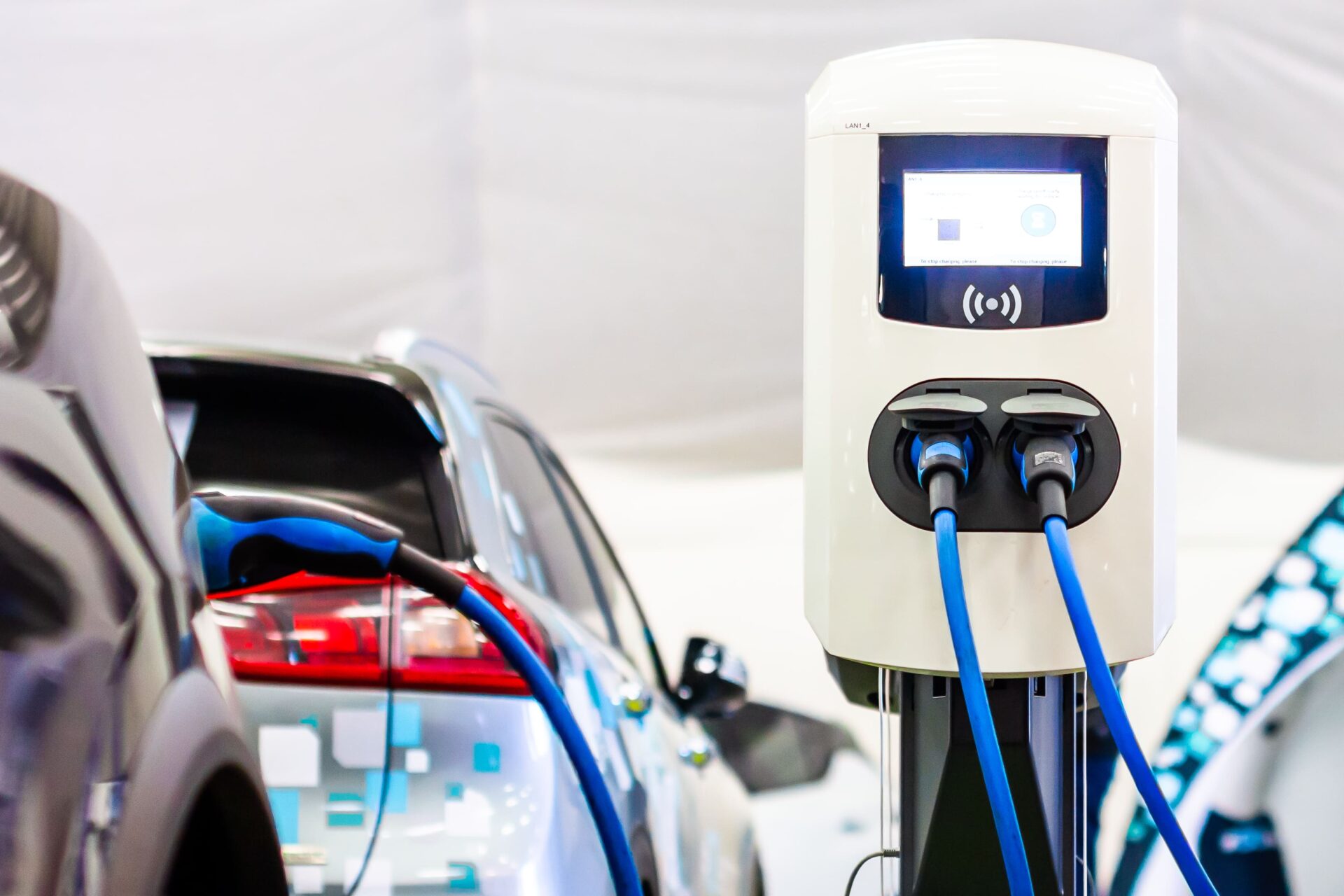
Building Climate-Resilient Infrastructure for a Sustainable Future
Why Climate Resilient Infrastructure?
Climate change in the past 10 years has been severe. As per numerous reports 2015- 2022 was the warmest on record even though for the past three years there has been a cooling impact of La Nina events. Climate change as a whole can damage an established infrastructure.
Infrastructure lies at the spine and heart of economies. Water, buildings, waste systems, and transportation plays important roles for the household and businesses. Infrastructure changes the whole economic base of both developed and developing nations. Efficient, clean, well-developed infrastructure promotes a high quality of life in developed countries in comparison to developing nations.
Climate- Resilient infrastructure is vital in playing the role in addressing the difficult challenges put up by climate change. It is the planning, designing, and construction of infrastructure that can withstand the impact of climate change and its variability.

Existing Infrastructure: A big challenge for Climate change
Existing infrastructure like transportation where roads and aviation bring challenges to climate change. Air and road transportation makes up 23% of CO2 emissions making up the major contributor to climate change. Despite that transports are also vulnerable, in the USA, New Jersey Transit lost US 120 million dollars due to Hurricane Sandy. Similarly, the 2004 tsunami did unrepairable damage to India. Climate change causes huge financial losses around the globe, it is making $850 billion average losses each year to infrastructure thus resulting in the development, of poor countries that are badly affected due to this.
Climate-Resilient Infrastructure: A big step to tackle Climate Change

How Climate-resilient Infrastructure can help in challenging and standing tall against climate change?
As the saying goes, “One must be ready to be surprised.” Infrastructure that is planned, developed, operated, and constructed with climate change in mind is known as climate-resilient infrastructure. It not only withstands against climate change but can also easily be restricted right after the destruction.
European nations particularly Denmark have put efforts towards it. It has constructed various climate-resilient infrastructure. Climate-resilient infrastructure is the future.
Coalition for Disaster Resilient Infrastructure – The Indian Prime Minister established the Coalition for Disaster Resilient Infrastructure, or CDRI, during the 2019 UN Climate Action Summit in New York, USA.
It is a coalition partnership with the UN, national governments, and multilateral development banks, playing an important role in promoting and bringing resilience of new and existing infrastructure to climate change and disasters and at the same time supporting sustainable developments. CDRI helping several countries around the globe with future-oriented infrastructure that can withstand climate change and fulfil sustainable developments.
CDRI is conducting various studies around the world and helping in developing various sectors to help them in developing a resilient infrastructure.
Power Sector – CDRI is conducting a three-party study to understand the effect of Cyclone Fani in Odisha in the year in 2019 on the resilience of the power sector infrastructure. The power sector is the backbone of any country you pick around the world, without power there is nothing that can be operated. This disaster affected the power sector in Odisha very badly which led to the loss of US $1.2 billion loss. Their study will raise awareness and will help in understanding the possibility of risks managing those risks and mitigating those risks while fighting future disasters.

Transportation- Any disruption or blockage in transportation can lead to a severe consequence for the economy and the people. This could lead to the vulnerability of the economy to the nation. CDRI will study the consequences of climate change disasters on transportation and the financial losses due to it. It will analyze the need for changes to be made maybe the need for a new transportation system along with the need for upgradation of the existing system.
European nations particularly Denmark have put efforts towards it. It has constructed various climate-resilient infrastructure. Asian countries have also participated in upgrading climate-resilient infrastructure. China and Singapore have developed infrastructure and adopted the “sponge city” practice and concept where it will have various changes in the structure to help in reducing floods increase in water supply and enhance the quality of water.
India is developing the Mumbai Coastal Project Road where they are using a Monopile foundation system which will be helpful and minimize the disturbance to the seabeds. This project, where it is commenced, after a survey it was found that there are 11 types of coral reefs. These coral reefs were moved to new locations.
Climate resilient infrastructure is the need of time, it can help in the development of better infrastructure that will last longer in the future period.
Subscribe to The Sustainable Brands Journal for more environmental news, stories, interviews, and updates.

Prachi, an accomplished Chief-Editor at The Sustainable Brands Journal, has 15+ years of experience in Europe, the Middle East, and India, managing 90+ global sustainable brands. She’s a prolific writer in sustainability, contributing to various publications. Prachi’s unwavering passion and expertise make her a recognized authority, driving positive change and inspiring a sustainable future.





